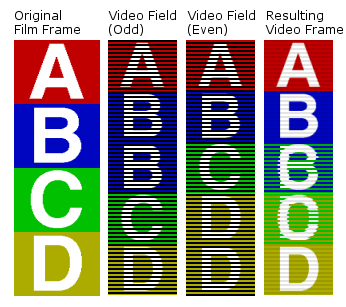I'm not sure if this is the right forum to address this, but I wanted to try and understand this madness.
Correct me if I am wrong, but with a standard interlaced 2:3 pulldown applied to Blu-Ray films, most TV's with built-in IVTC will restore the movie to the progressive pulled-down 23.976 framerate. The 24 mode that (avsforum) people are going crazy about is just the console doing the IVTC and "pull-up" instead of the the TV right? I hear people claiming "wow, the motion is so much better, blah blah blah", but who can really see the difference between 23.976 and 24 fps?
Can someone explain this for me or point out where I am wrong in my thinking?
Correct me if I am wrong, but with a standard interlaced 2:3 pulldown applied to Blu-Ray films, most TV's with built-in IVTC will restore the movie to the progressive pulled-down 23.976 framerate. The 24 mode that (avsforum) people are going crazy about is just the console doing the IVTC and "pull-up" instead of the the TV right? I hear people claiming "wow, the motion is so much better, blah blah blah", but who can really see the difference between 23.976 and 24 fps?
Can someone explain this for me or point out where I am wrong in my thinking?


